Περιγραφή Προϊόντος
Holy Fire
The coming of the Holy Fire at the Tomb of Jesus every Holy Saturday is the only miraculous event in human history which has taken place each year on the same day for more than one and a half millennia. Covering a period of thirteen centuries, from the 4th to the 16th century, this book assembles historical accounts of the celebrated event.
Eighty-five authors-seventeen French, nine Englishmen, eight Greeks, seven Italians, seven Arabs, six Germans, five Armenians, five Ethiopians, four Russians, four Persians, three Icelanders, two Egyptians, two Chaldeans, one Cypriot, one Syrian, one Moldovan, one Belgian, one Austrian and one Swiss-describe the greatest miracle of the Christian world: the Holy Fire (i.e., the Light of the Resurrection of Christ) which appears every Holy Saturday at the Tomb of Jesus, a few hours before the celebration of his resurrection.
Furthermore, the scientific measurements that were taken in the tomb of Jesus on Holy Saturday in 2008 by the Russian physicist Prof. Andrey Volkov, confirm the descent of the Holy Fire and reveal three phenomena, which he himself characterizes as “incredible and entirely inexplicable.” Similarly, the thermal measurements of the sa- cred flame, made by the Italian Professor Giulio Fanti on Holy Sa- turday 2019, document the supernatural origin of the Holy Fire and verify a fact that has been recorded historically for eleven centuries: that the sacred flame, in the first minutes after its ignition, burns almost imperceptibly-much less than a normal flame-without burning those who touch it.
This book also includes a historical and archaeological study concer- ning the original appearance of Jesus’ tomb and the rock of Golgotha, along with a series of reconstructive drawings of the two locations, as they appeared to be in AD 33.
Foreword
List of Abbreviations
Introduction
List of Illustrations
PART I: History
1. The rite of the Holy Fire
2. The first appearance of the Holy Fire
PART II: Historical Accounts
1. St Gregory the Illuminator (c. AD 330)
2. St Libanos of Ethiopia (c. AD 500)
3. The appearance of the Holy Fire after the fall of Jerusalem to the Persians (c. AD 617)
a. The Typicon of Dionysiou Monastery
b. Codex F 12 of the Biblioteca Ambrosiana of Milan (10th c.)
c. Metropolitan Joasaph of Ephesus
4. The Pontificals of Poitiers and Paris (c. AD 800)
5. St Theodore the Sabbaite (c. AD 836)
6. The Arab philosopher al-Jahiz (c. AD 848)
7. The French monk Bernard (AD 867)
8. Arethas' letter to the Emir of Damascus (AD 920-921)
9. The oil lamp "that was lit by an angel"
in the collection of the English king Athelstan (c. AD 930)
10. The Arab historian al-Masudi (c. AD 940)
11. The Arab jurist Ibn al-Qass (c. AD 940)
12. The letter of the cleric Niketas to the Emperor of Byzantium, Constantine VII Porphyrogenitus (AD 947)
13. The Persian doctor al-Masihi (c. AD 990)
14. The Persian scientist al-Biruni (c. AD 1000)
15. The destruction of the Church of the Resurrection in 1009
16. Richard the Blessed of St Vanne (AD 1027)
17. Bishop of Orleans Odolric (c. AD 1028)
18. The Austrian presbyter Othmarus (c. AD 1050)
19. The Italian bishops Leo of Ostia (c. AD 1075) and Rolando of Treviso (c. AD 1075)
20. Nestorian Patriarch Makikha (AD 1095)
21. The speech of Pope Urban II (AD 1095)
22. The Egyptian King Al-Afdal and St William the Hermit (AD 1099)
23. The French cardinal Gilon de Toucy (AD 1099)
24. The capture ture of Jerusalem by the Crusaders (AD 1099)
25. The Chronicle of St Maxentius and the French chronicler Fulcher (1101)..
26. Codex L (AD 1101)
27. The Chronicle of Bartolf (AD 1101)
28. The Italian historian Caffaro (AD 1101)
29. The German historian Ekkehard (AD 1101)
30. The English historian William of Malmesbury (AD 1101)
31. The Armenian historian Matthew (AD 1101)
32. The French historian Guibert de Nogent (AD 1101)
33. The Russian abbot Daniel (c. AD 1005)
34. The scientific measurements of Associate Professor Andrey Volkov on Holy Saturday 2008
35. The experiment of measuring the temperature of the Holy Fire
36. The thermal measurements of the Italian Professor Giulio Fanti
37. The German historian Albert of Aachen (AD 1119)
38. The Peterborough Chronicle and the Chronicle of St Maxentius: the double appearance of the Holy Fire (AD 1120)
39. The Latin patriarch of Jerusalem, William I (c. AD 1130)
40. Peter the Venerable (AD 1147)
41. The Icelandic abbot Niculas Bergsson (c. AD 1154)
and the Italian Bartholomew (AD 1158)
42. The German Bishop Theodorich (c. 1172)
43. The French count Philip of Flanders (AD 1178)
44. The capture of Jerusalem by Sultan Saladin (AD 1187)
45. Saladin before the Holy Fire (AD 1192)
a. The Itinerary of Richard
b. The History of Ambroise
46. The two Copts from Egypt: Ibn al-Qulzumi (AD 1102) and Bishop John (AD 1197)
47. The Anonymous French Chronicler (c. 1200)
48. The German bishop Wilbrand (AD 1211) and the English jurist Gervase of Tilbury (AD 1214)
49. The Syriac geographer Yaqut (1228) and the Margan Annals (AD 1229)
50. The Chronicle of Erfurt (AD 1267)
51. The anonymous English traveler (AD 1344-45)
52. The Italian monk Niccolo da Poggibonsi (AD 1347)
53. The re-enactment of the descent of the Holy Fire in Florence
54. The Codex Urb. Lat. 1362 of the Vatican Library (14th c.) and the French poet William of Normandy 55. The authenticity of the Tomb of Jesus and the Rock of Golgotha
56. The original appearance of the Tomb of Jesus
57. The Byzantine Emperor John VI Kantakouzenos (c. 1360)
58. The Russian clergymen Grethenios (AD 1400) and Zosimos (AD 1419) and the German traveler Johann Schiltberger (AD 1425)
59. Zera Yacob, Emperor of Ethiopia (c. 1460)
60. The descent of the Holy Fire to an Ethiopian pilgrim (15th c.)
61. The Ethiopian Bishop Ezra (AD 1475)
62. The Ethiopian codex D'Abbadie 222 (15th c.)
63. The Swiss historian Felix Fabri (AD 1483)
64. John Sulaka, the Chaldean patriarch (c. AD 1552)
65. The Russian diplomat Vasili Posniakov (AD 1560)
66. The column that was split by the Holy Fire (AD 1579)
67. The Cypriot poet Antonios Darkes (AD 1590)
PART III
1. A personal attestation (2008)
2. The Armenian chronicler Grigor Daranagetsi (1626)
3. Patriarch Nectarius (1660-1669)
3. The British archaeologist Charles Warren (1867-1870)
4. Monk Parthenius (1845) and Bishop Meletios (1867)
5. Patriarch Cyril II (1868)
6. Monk Mitrophanis (1926)
7. Patriarch Damianos I (1897-1926)
8. Patriarch Diodoros I (1981-2000)
9. Bishop Christodoulos (1998-1999)
10. Patriarch Irenaeus I (2001-2005)
Epilogue
Appendix 1: The first person to behold the Holy Light and the risen Christ..
Appendix 2: The time of Christ's Resurrection and the start of the miracle of the Holy Fire
Appendix 3: From the Last Supper to the Resurrection of the God-Man
Bibliography
Index


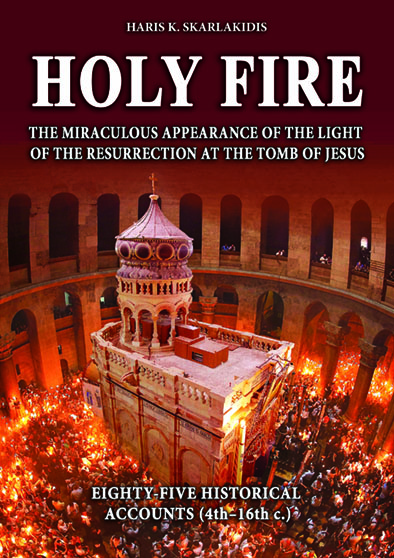
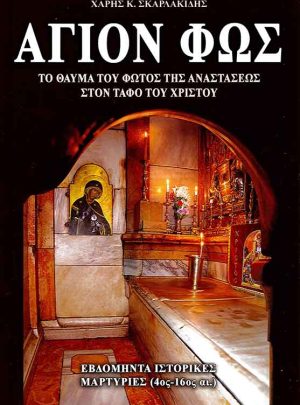
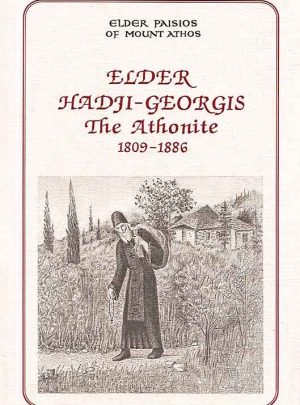
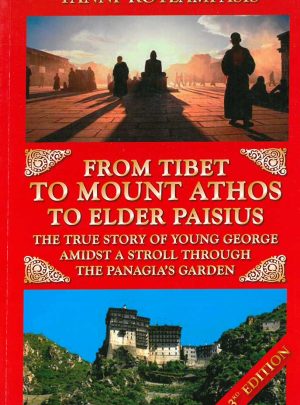

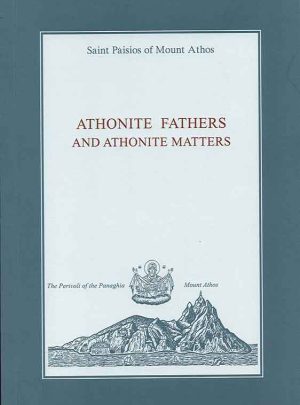
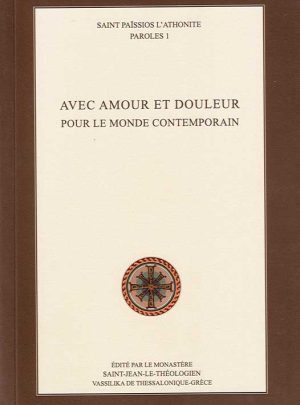


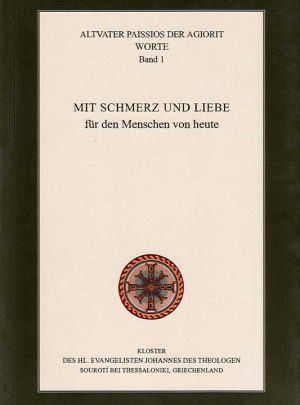
Αξιολογήσεις
Δεν υπάρχει καμία αξιολόγηση ακόμη.